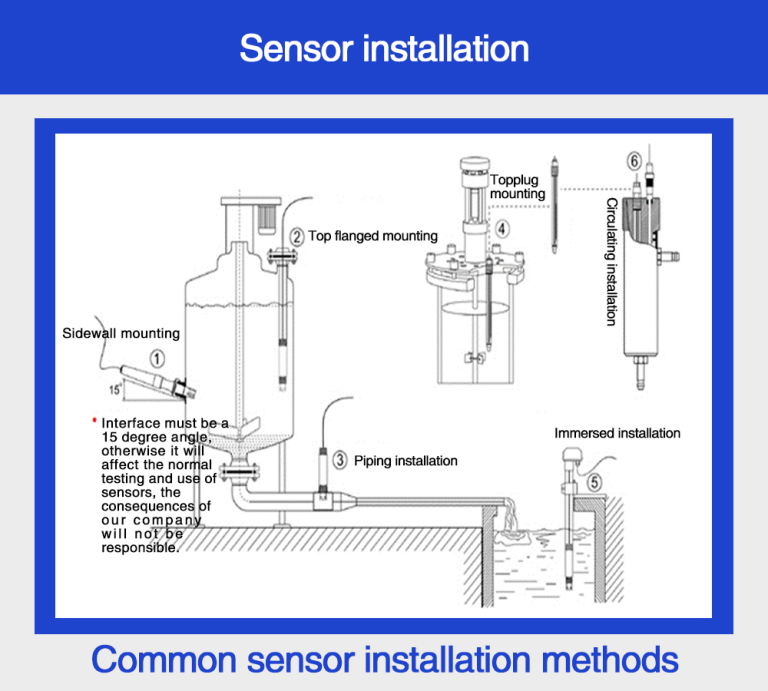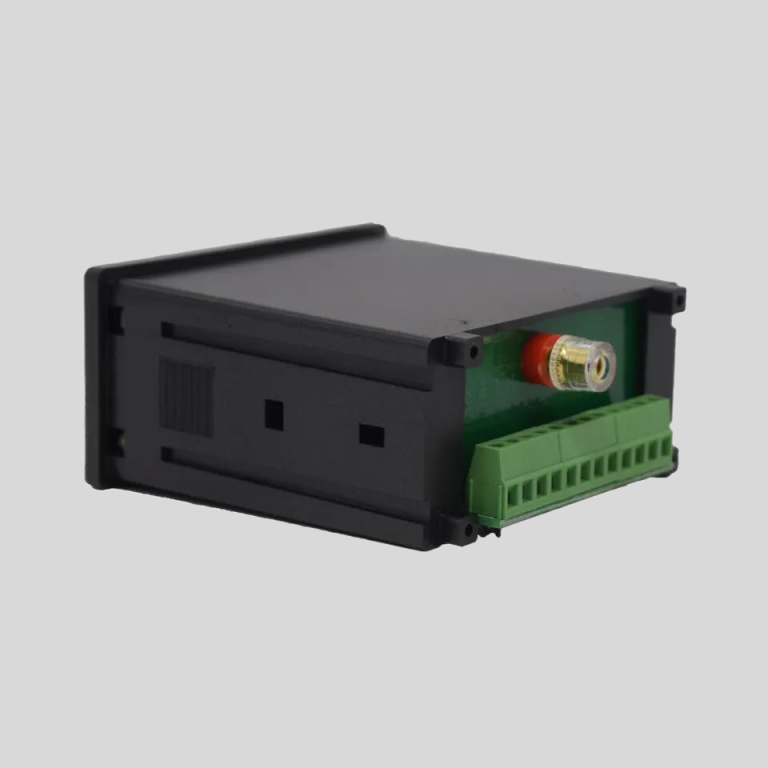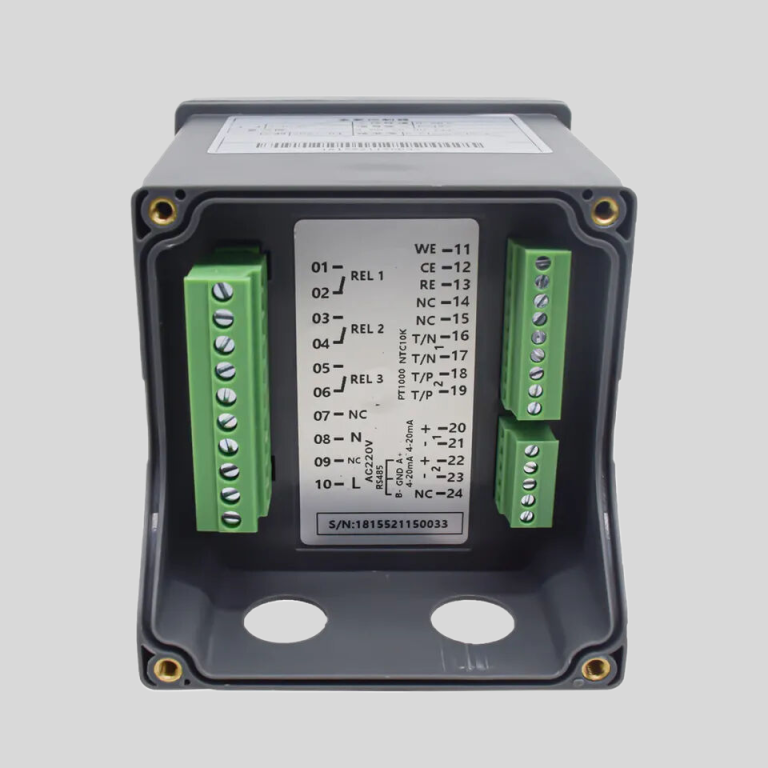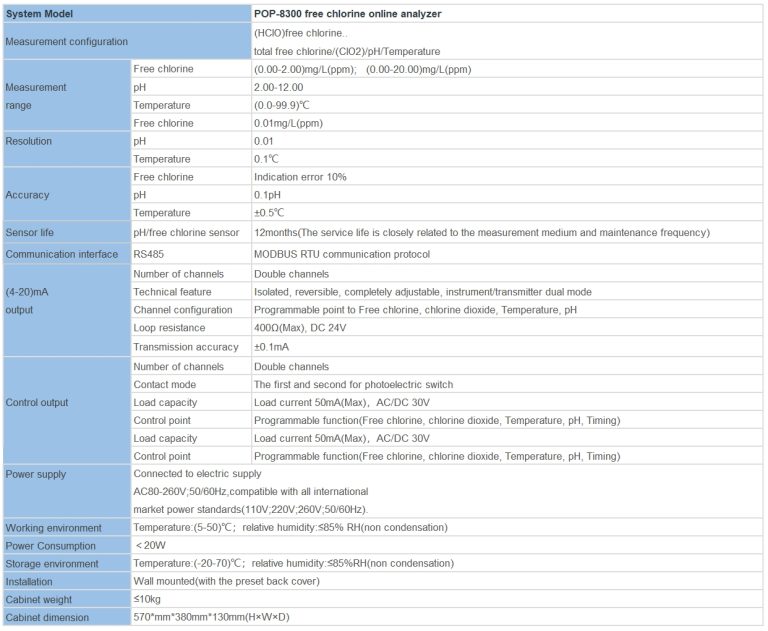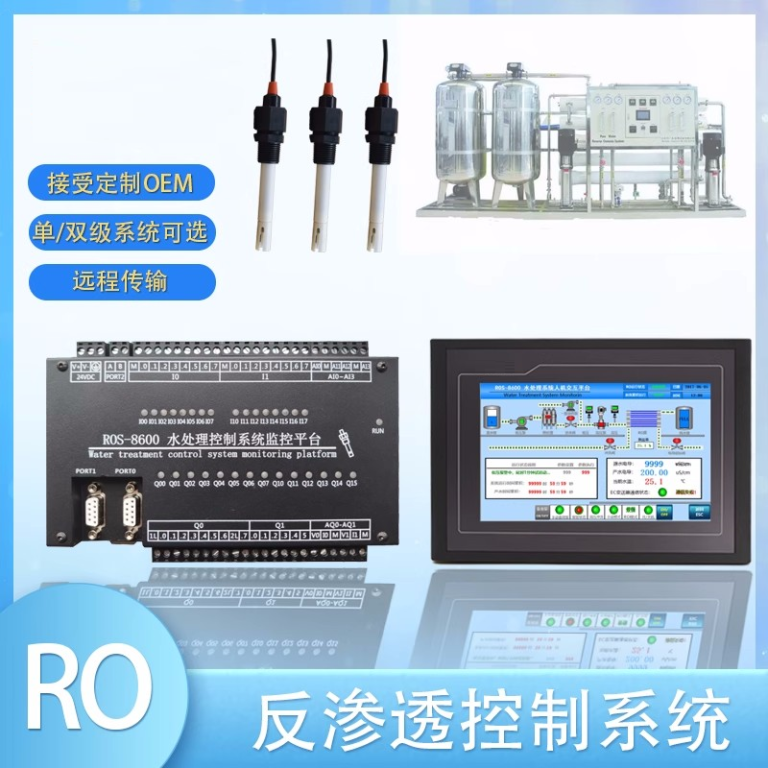Table of Contents
Advantages of Using In Situ Turbidity Sensors for Water Quality Monitoring
Water quality monitoring is essential for ensuring the safety and health of our water sources. One key parameter that is often measured in water quality monitoring is turbidity, which is a measure of the cloudiness or haziness of a fluid caused by suspended particles. Traditionally, turbidity measurements have been taken using grab samples that are analyzed in a laboratory. However, this method is time-consuming, labor-intensive, and may not provide real-time data. In recent years, in situ turbidity sensors have emerged as a more efficient and accurate alternative for monitoring turbidity in water bodies.
In situ turbidity sensors are devices that are deployed directly in the water body to continuously measure turbidity levels in real-time. These sensors work by emitting a light beam into the water and measuring the amount of light that is scattered or absorbed by suspended particles in the water. The data collected by in situ turbidity sensors can be transmitted wirelessly to a data logger or a central monitoring system, allowing for remote monitoring and analysis of turbidity levels.
| ROC-2315 ro controller instruction (220V) | |||
| Model | ROC-2315 | ||
| Single detection | Dry Contact input | Raw water no water protection | |
| (six channels) | Low-pressure protection | ||
| High-pressure protection | |||
| Pure water tank high level | |||
| External control mode signal | |||
| Running reset | |||
| Control port | Dry Contact output | Raw water pump | SPST-NO low capacity : AC220V/3A Max ;AC110V/5A Max |
| (five channels) | Inlet valve | ||
| High pressure pump | |||
| Flush valve | |||
| Conductivity over-limit drainge valve | |||
| Measurement detection point | Product water conductivity and with Automatic Temperature compensation (0~50)℃ | ||
| Measurement range | Conductivity : 0.1~200μS/cm/1~2000μS/cm/10~999μS/cm (with different conductivity sensor ) | ||
| Product water temp. : 0~50℃ | |||
| Accuracy | 1.5 level | ||
| Power supply | AC220V (±10%) , 50/60Hz | ||
| Working environment | Temperature:(0~50)℃ ; | ||
| Relative Humidity :≤85%RH (no condensation ) | |||
| Dimension | 96×96×130mm( height ×width×depth) | ||
| Hole size | 91×91mm(height ×width) | ||
| Installation | Panel mounted ,fast installtion | ||
| Certification | CE | ||
One of the key advantages of using in situ turbidity sensors for water quality monitoring is the ability to obtain real-time data. Traditional grab sampling methods only provide a snapshot of turbidity levels at a specific point in time, whereas in situ sensors can continuously monitor turbidity levels and provide a more comprehensive understanding of how turbidity levels fluctuate over time. This real-time data can be invaluable for detecting sudden changes in turbidity levels, such as during a storm event or a pollution spill, and can help water managers make timely decisions to protect water quality.

In addition to real-time data, in situ turbidity sensors also offer improved accuracy and precision compared to grab sampling methods. By continuously monitoring turbidity levels, in situ sensors can capture variations in turbidity that may be missed by grab samples taken at discrete time intervals. This continuous monitoring allows for a more detailed and accurate assessment of turbidity levels in the water body, which is crucial for detecting trends and patterns in turbidity levels over time.
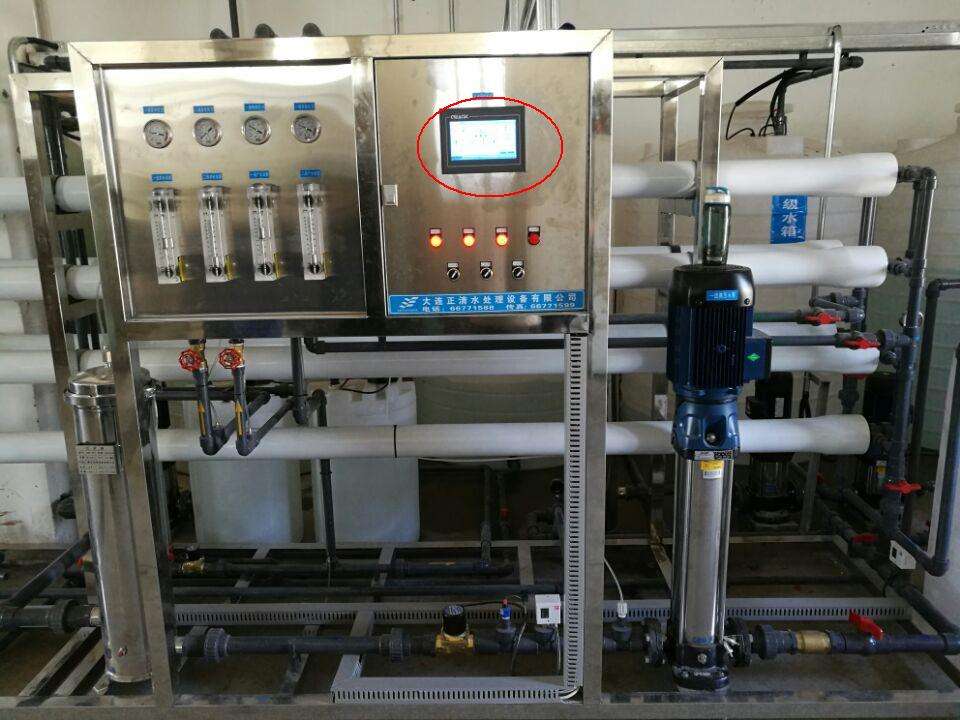
Furthermore, in situ turbidity sensors are more cost-effective and efficient than traditional grab sampling methods. While grab sampling requires labor-intensive fieldwork and laboratory analysis, in situ sensors can be deployed for long periods of time with minimal maintenance. This reduces the need for frequent site visits and labor costs associated with grab sampling, making in situ sensors a more cost-effective option for long-term water quality monitoring.
Another advantage of using in situ turbidity sensors is the ability to monitor turbidity levels in hard-to-reach or remote locations. In situ sensors can be deployed in rivers, lakes, reservoirs, and coastal waters, providing valuable data on turbidity levels in these diverse water bodies. This capability is particularly important for monitoring turbidity in areas that are prone to sediment runoff, erosion, or other sources of turbidity, as it allows for early detection of potential water quality issues.
In conclusion, in situ turbidity sensors offer numerous advantages for water quality monitoring, including real-time data, improved accuracy and precision, cost-effectiveness, and the ability to monitor turbidity in diverse water bodies. By using in situ sensors, water managers can make more informed decisions to protect water quality and ensure the sustainability of our water resources.
How In Situ Turbidity Sensors Can Improve Environmental Monitoring Efforts
In situ turbidity sensors are a valuable tool in environmental monitoring efforts, providing real-time data on water quality that can help researchers and policymakers make informed decisions about resource management and pollution control. These sensors measure the cloudiness or haziness of a liquid caused by suspended particles, giving insight into the overall health of a body of water. By continuously monitoring turbidity levels, scientists can track changes in water quality over time and identify potential sources of pollution.
| Model | CIT-8800 Inductive Conductivity/Concentration Oline Controller |
| Concentration | 1.NaOH:(0~15)% or(25~50)%; 2.HNO3:(0~25)% or(36~82)%; 3.User-defined concentration curves |
| Conductivity | (500~2,000,000)uS/cm |
| TDS | (250~1,000,000)ppm |
| Temp. | (0~120)°C |
| Resolution | Conductivity: 0.01uS/cm; Concentration: 0.01%; TDS:0.01ppm, Temp.: 0.1℃ |
| Accuracy | Conductivity: (500~1000)uS/cm +/-10uS/cm; (1~2000)mS/cm+/-1.0% |
| TDS: 1.5 level, Temp.: +/-0.5℃ | |
| Temp. compensation | Range: (0~120)°C; element: Pt1000 |
| Communication port | RS485.Modbus RTU protocol |
| Analog output | Two channels isolated/ transportable (4-20)mA, Instrument / Transmitter for selection |
| Control Output | Triple channels semiconductor photoelectric switch, Programmable Switch, pulse and frequency |
| Working Environment | Temp.(0~50)℃; relative humidity <95%RH (non-condensing) |
| Storage Environment | Temp.(-20~60)℃;Relative Humidity ≤85%RH (none condensation) |
| Power Supply | DC 24V+15% |
| Protection Level | IP65 (with rear cover) |
| Dimension | 96mmx96mmx94mm(HxWxD) |
| Hole Size | 9lmmx91mm(HxW) |
One of the key benefits of in situ turbidity sensors is their ability to provide continuous, automated monitoring of water quality. Traditional methods of measuring turbidity, such as collecting water samples and analyzing them in a lab, are time-consuming and labor-intensive. In contrast, in situ sensors can be deployed in the field for extended periods of time, providing real-time data that can be accessed remotely. This allows researchers to monitor changes in turbidity levels more effectively and respond quickly to any issues that may arise.
In addition to providing real-time data, in situ turbidity sensors are also more cost-effective than traditional monitoring methods. By eliminating the need for frequent site visits and laboratory analysis, these sensors can reduce the overall cost of monitoring water quality. This makes it easier for organizations with limited resources to implement monitoring programs and track changes in water quality over time.
Furthermore, in situ turbidity sensors are highly accurate and reliable, providing consistent measurements that can be used to assess the impact of human activities on water quality. By tracking changes in turbidity levels, researchers can identify trends and patterns that may indicate pollution sources or other environmental stressors. This information can then be used to develop strategies for mitigating the impact of these activities and protecting water resources for future generations.
Another advantage of in situ turbidity sensors is their versatility. These sensors can be deployed in a wide range of environments, from rivers and lakes to coastal waters and estuaries. This allows researchers to monitor water quality in diverse ecosystems and assess the impact of different land uses and activities on water quality. By collecting data from multiple locations, scientists can gain a more comprehensive understanding of the factors influencing turbidity levels and develop targeted strategies for improving water quality.
Overall, in situ turbidity sensors are a valuable tool for improving environmental monitoring efforts. By providing real-time data on water quality, these sensors can help researchers and policymakers make informed decisions about resource management and pollution control. With their ability to provide continuous, automated monitoring, in situ sensors offer a cost-effective and reliable solution for tracking changes in turbidity levels over time. By deploying these sensors in a variety of environments, researchers can gain a better understanding of the factors influencing water quality and develop strategies for protecting and preserving our precious water resources.

